How can I check if my ID card is real?
How to Check If Your ID Card Is Real: A Comprehensive Guide
In today’s digital age, ensuring the authenticity of your ID card is crucial for avoiding fraud and protecting your identity. Whether you're verifying a national ID, driver's license, or other identification documents, knowing how to check if your ID card is real is essential. In this guide, we will discuss various ways to authenticate your ID card and provide related tips on how to verify its legitimacy.
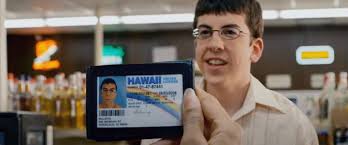
Why Should You Verify Your ID Card?
Identity theft is on the rise, and counterfeit ID cards are becoming more sophisticated. By verifying your ID card's authenticity, you can protect yourself from identity fraud and ensure that you are using a legitimate document in all transactions. Let’s explore the key methods you can use to check if your ID card is real.
Common Ways to Check If Your ID Card is Real
1. Examine Physical Features of the ID Card
The first step in checking the authenticity of an ID card is to inspect its physical characteristics. Most government-issued IDs, such as national ID cards and driver's licenses, come with built-in security features that make it difficult to forge them. Here’s what to look for:
- Holograms: Genuine ID cards often have holographic images that change appearance when viewed from different angles.
- Watermarks: High-quality watermarks are difficult to duplicate and often require a specific light to be visible.
- UV Elements: Some ID cards contain ultraviolet (UV) elements that can only be seen under UV light.
Ensure that all these physical features are present, as a missing or poorly reproduced feature can be a red flag that the card is fake.
2. Use an ID Verification App
There are various ID verification apps available that can help you quickly and efficiently check if your ID card is real. These apps scan the ID card and cross-reference it with government databases or other reliable sources. Some popular apps for ID verification include:
- ID.me
- TrustID
- Veriff
These apps use advanced algorithms and AI technology to detect any discrepancies between the card and the official records, ensuring a thorough verification process.
3. Cross-Check Information
Verifying the details on the card with official records is another way to ensure its authenticity. You can cross-check personal details such as name, date of birth, and address with the issuing authority’s database. Many countries offer online services to verify identity information, allowing you to confirm if the details match those on file.
4. Check with the Issuing Authority
If you are still unsure whether your ID card is real, you can contact the issuing authority directly. Most government agencies offer services that allow individuals and businesses to verify the authenticity of ID cards. This method is highly reliable, especially for high-stakes situations such as employment verification or financial transactions.
Long-Tail Keywords for Verifying Specific Types of ID Cards
- How to verify a driver’s license authenticity?
- Is my national ID card fake?
- What is the best way to check if my passport is real?
- How to spot a fake student ID card?
These long-tail keywords help target more specific search queries, providing detailed solutions for various types of ID cards.
Advanced Methods for ID Card Verification
1. Barcode Scanning
Many modern ID cards come with a barcode that contains encoded information. You can scan this barcode using a barcode scanner or specialized software to verify that the data on the ID card matches the encoded information. If the barcode data does not align with the printed information, the card is likely a fake.
2. RFID Chip Verification
Some high-security ID cards, such as biometric passports or government-issued IDs, have embedded RFID chips. You can use an RFID scanner to read the chip’s data and compare it with the printed details on the card. Discrepancies between the chip and the physical card information are strong indicators of a counterfeit ID.
3. Database Verification Services
For high-level verification, some companies offer access to databases that allow you to cross-check the authenticity of an ID card. These services are often used by businesses, banks, and government agencies to ensure that the ID being presented is genuine.
Protecting Yourself from Fake ID Cards
Understanding how to check if your ID card is real is just one aspect of protecting yourself from identity theft. Here are additional tips to safeguard your identity:
- Be cautious of online sellers offering ID verification services for a fee. Always use trusted services or contact official authorities directly.
- Regularly monitor your credit report to detect any signs of fraudulent activity.
- Avoid sharing your personal information or ID details with unverified individuals or websites.
Conclusion
Verifying the authenticity of your ID card is a simple yet important task that can save you from fraud and identity theft. By using the methods discussed in this guide—such as examining physical features, using ID verification apps, cross-checking information, and contacting the issuing authority—you can confidently determine if your ID card is real. Remember, protecting your identity starts with knowing the right steps to authenticate your identification documents.
By following these steps, you ensure that your ID card is real and can be trusted for various official purposes, including travel, employment, and financial transactions.
 Fake Pennsylvania DL
Fake Pennsylvania DL
 Fake Missouri DL
Fake Missouri DL
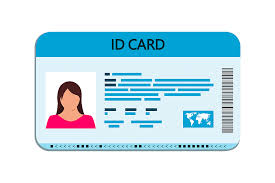 Fake New York DL
Fake New York DL
 Fake Minnesota DL
Fake Minnesota DL
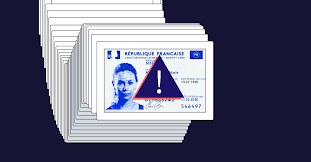 Fake Illinois DL
Fake Illinois DL
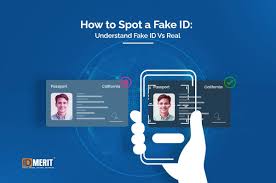 Fake Maryland DL
Fake Maryland DL
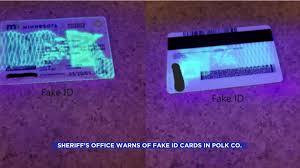 Fake Kansas DL
Fake Kansas DL
 Fake RhodeIsland DL
Fake RhodeIsland DL
